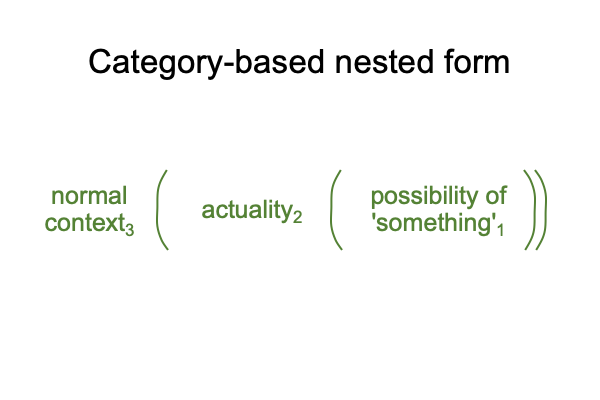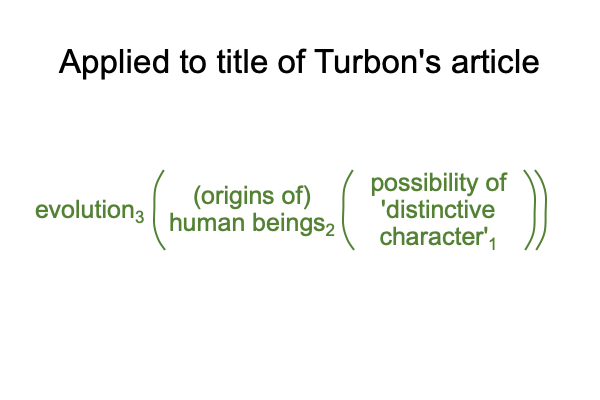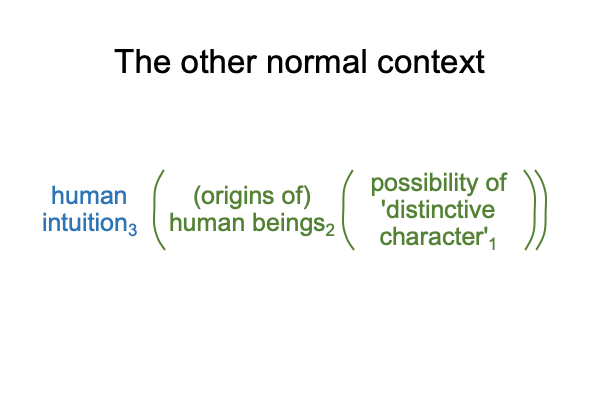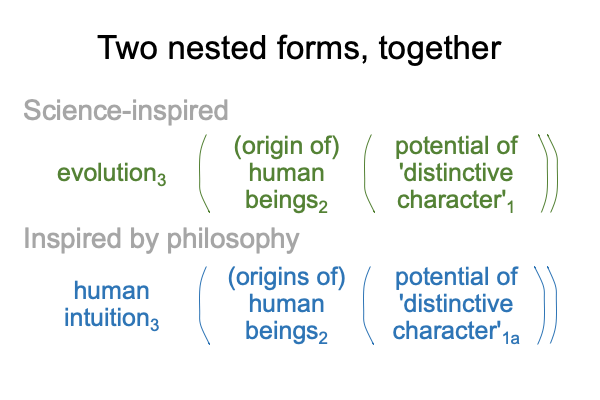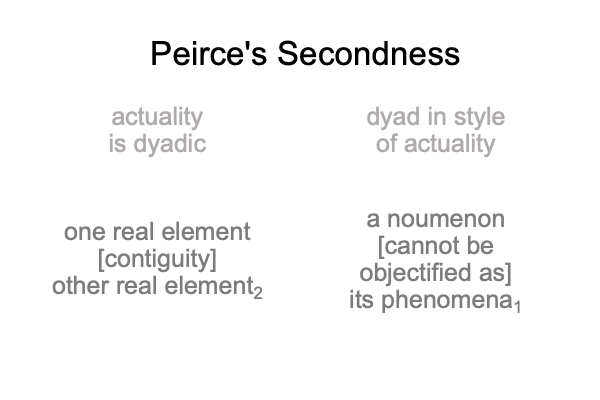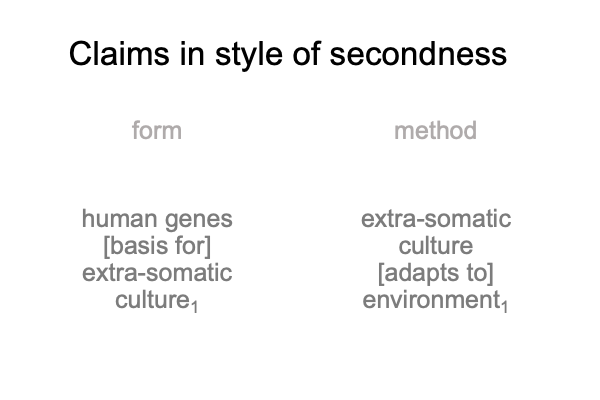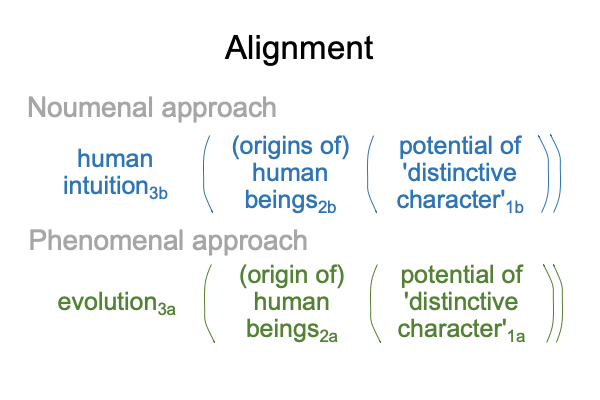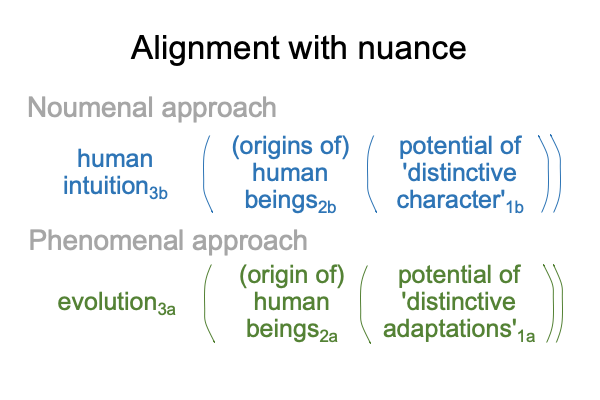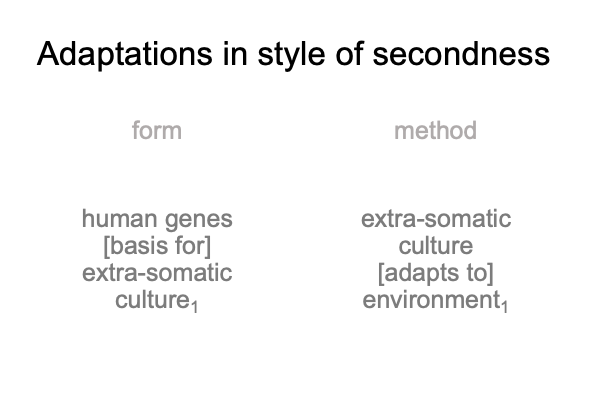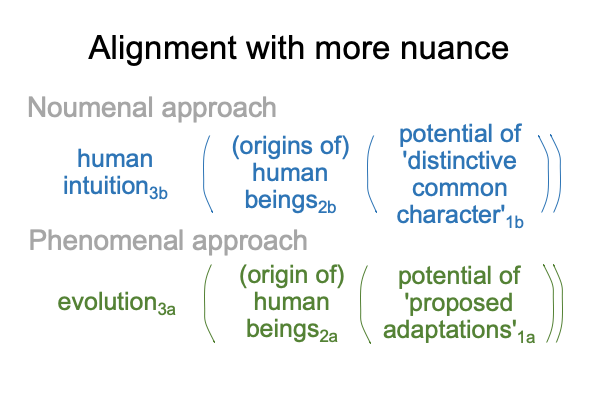Looking at Chris Sinha’s Essay (2018) “Praxis, Symbol and Language” (Part 3 of 5)
0008 Allow me to further elaborate Sinha’s EcoEvoDevoSocio framework.
In the prior blog, the Eco-Socio bookends touch base with the title frontpiece of praxis, symbol and language.
0009 This implies that the EvoDevo inner coupling expresses the title endpiece of developmental, ecological and linguistic issues.
0010 Evo associates to phylogeny. Phylogenesis consists of adaptations into a niche. The human niche changes from one where ecology is the primary source of signification to one where symbol-ready hominins are the primary sources of signification.
Devo associates to ontogeny. Ontogenesis consists of alterations in DNA, genes, genotypes and phenotypes that permit the drastic shift in the primary source of signification.
0011 Sinha cleverly encapsulates the inner drama of phylogenic and ontogenic changes over evolutionary time(EvoDevo) within the outward motion from an ecology-centered Umwelt to a socially-centered Lebenswelt (Eco-Socio).

